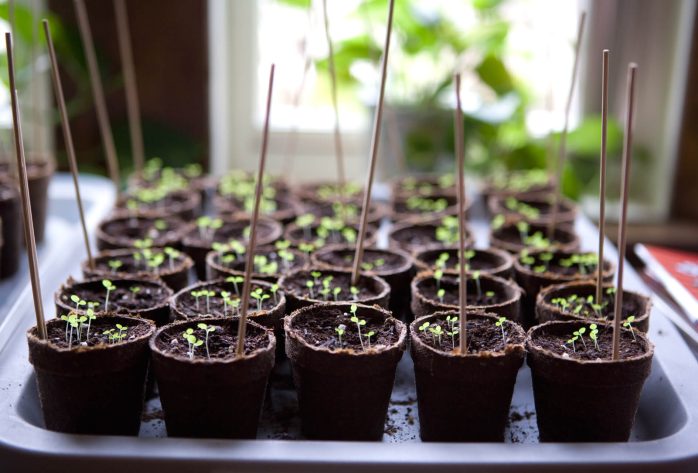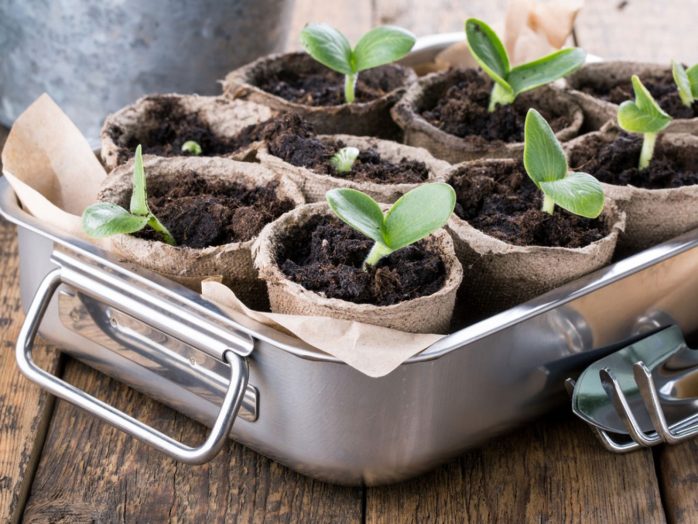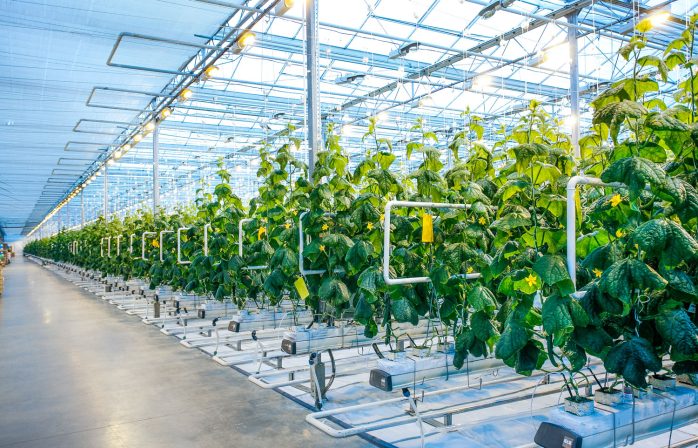
Are you a garden enthusiast and want to do your own planting? All plants can be grown in an indoor environment: it is possible to grow a cauliflower indoors under lights but it will cost you a fortune in energy. It is much more interesting to grow your plants on a smaller scale in winter, germinating plants and then transplanting them when they are sufficiently developed. This is an excellent idea, for this you will need an indoor space : garden rooms, such as the ones on https://www.quick-garden.co.uk/garden-rooms.
Germination
Use a heated greenhouse for germination. This is a small, enclosed greenhouse in which the heat and light can be regulated with horticultural lamps. The germination process is the basis for a healthy and vigorous plant. With this technique, it is possible to germinate seeds as early as the end of December.
Young plants

As soon as the seeds have germinated and the cotyledons open (after 10 to 20 days, depending on the type of crop), the seedlings should be removed from the greenhouse and placed in a cooler environment. Now that the little seedlings are standing proudly, heat is less important. Transplant the plants into pots with suitable potting soil to allow the roots to develop. Pour water regularly into the saucer of the pots. When six weeks have passed, transplant the plants into larger pots, adding potting soil and fertiliser. Continue to place them under the lights and pinch off any flowers that form so that the plant becomes stronger before forming fruit.
Mature plants
When the plants are vigorous and well developed, transplant them to your garden, either in the ground or in a greenhouse. Choose a rich soil that will allow them to produce fruit very quickly.
Does and don’ts

Don’t invest in a greenhouse without quality horticultural lamps. Lamps for growing vegetables are not the same as the 6400 Kelvin T5 tubes you find in hardware shops. Those also work, but their light output is often much lower. Think carefully when you decide to grow in a heated greenhouse and draw up a sowing schedule. For example, peppers can be started 12-14 weeks before transplanting to the field and lettuce 4-6 weeks before transplanting in early March undercover. Plants grow so fast in the greenhouse that they are sometimes ready too early. They then end up in a pot that is too small and their growth stops.
Below is a list of some vegetables that can be started in a greenhouse and the number of weeks needed before transplanting:
– Peppers: 12-16 weeks before transplanting (pinch off the flowers)
– Tomato: 6-10 weeks before transplanting (do not pinch off the flowers)
– Aubergine: 10-14 weeks
– Courgette and squash: 4-6 weeks
– Leafy vegetables: 4-6 weeks
– Flowers: 10-12 weeks
– Cabbage: 6 – 8 weeks
– Pulses: 4-6 weeks (quickly develop a deep root system, quickly transplant to a larger pot)
– Root vegetables: preferably sow directly in situ as they do not like to be transplanted.
Benefits of Indoor Sowing

For a while, people know that having plants indoors has great benefits for their overall well-being. The situation is quite similar to sowing some seeds and watching the plants grow. One could argue that it is even better when you have the plant grow from the smallest seed. Furthermore, an additional boost to your feelings is going to be the success rate you achieve when you try the fruits of your labour. Most people who started practising this discipline reported similar results, which is no surprise.
You probably can tell for yourself if you tried this even for a little bit that it does wonders for your stress levels. The first influence indoor sowing has is on our mental health. The sheer focus you need to have to make the seeds grow won’t allow you to overthink which is one of the many reasons for anxiety and increased stress levels. Furthermore, the feel-good sensation that you are going to have to make the plant grow from seed to full product is enough to make anyone feel good.
Another aspect that is often understated is the fact that you’ll be having vegetables right there in your home. This will do wonders for your cuisine and diet in general. Eating healthy from your private indoor garden is something else. The entire family is going to have benefited from this. Many dishes that you made before will taste differently with fully organic ingredients. In no time you’ll see your overall health improve. While this is not one of the first goals of sowing indoors it truly is a welcomed addition.

While some people would argue that dealing with an indoor garden is too much trouble and that you’ll only get more tired, there’s no truth to that. In fact, you are going to be changing your work habits. With more time spent in the garden, you’ll be more productive both there and at work. Gardening will change your entire look on the way you handle your work duties. First of all, you’ll be able to see the fruits of your labour for the first time in a long time. The longer you participate in this activity the more your productivity will grow. This is one of the best hobbies that both bears fruits and is internally fulfilling. It’s hard to find something similar to this that fills all the dots, and that has so many benefits that you can do at your home.
In the end, there’s one important benefit that mustn’t be forgotten at any cost. With many plants, seeds growing, and fruits and vegetables filling your indoor garden your atmosphere is going to change. Both literally and figuratively. You’ll feel more lively surrounded by your hobby and colourful vegetables, while their growth will clean the air around you. If you have respiratory issues you have another reason to seriously consider indoor sowing as your extracurricular activity. You have nothing to lose and so much to gain.

